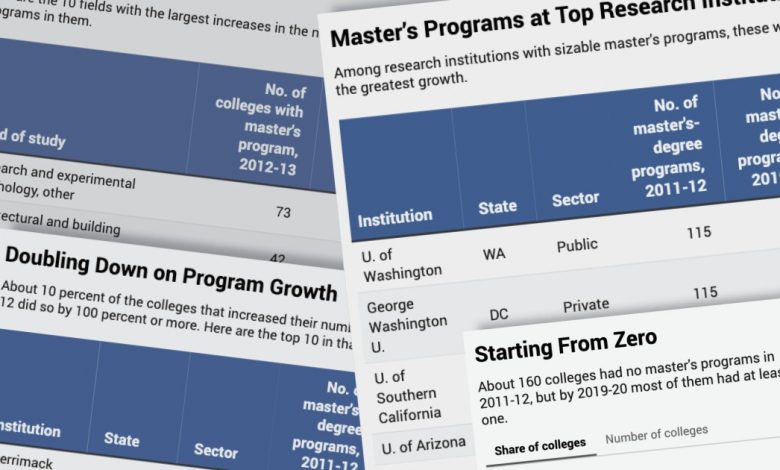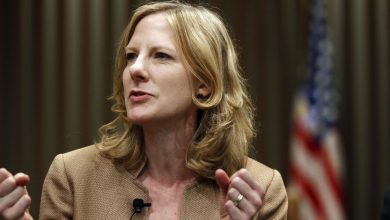Higher Ed Added More Than 9,000 Master’s-Degree Programs in Less Than a Decade

Some 24.1 million people age 25 and older had master’s degrees in 2021. That’s a 51-percent increase from 2011, when 16 million people held the credential.
The increase makes sense when you consider that, for several years, roughly 40 percent of college freshmen in the American Freshman National Norms survey said they planned to earn a master’s degree. Even though the value of a master’s-level education — especially in certain fields — has faced heightened scrutiny, demand for the degree hasn’t abated, so much so that it’s long been referred to as the new bachelor’s degree.
Since 2011-12, colleges and universities have added more than 9,000 master’s-degree programs, data from the U.S. Department of Education show.
A Chronicle analysis of more than 2,200 public, private nonprofit, and private for-profit colleges from 2011-12 to 2019-20 found that about 60 percent of those institutions saw growth in the number of master’s programs they offered.
Growth spanned institutions of all types and sizes, including bachelor’s, master’s, doctoral, and four-year special-focus institutions. Yale University increased its master’s programs by 1.2 percent, while Gordon College, a small private institution in Massachusetts, went from having two such programs in 2011-12 to 25 in 2019-20, a 1,150-percent increase.
About 160 colleges — nearly all institutions with fewer than 5,000 students — didn’t have a single master’s program in 2011-12, but had at least one by 2019-20. One institution, the online arm of Johnson & Wales University, ended up with 18 such programs.
Here’s a closer look at the growth in the number of master’s programs at colleges and universities:
Source link






